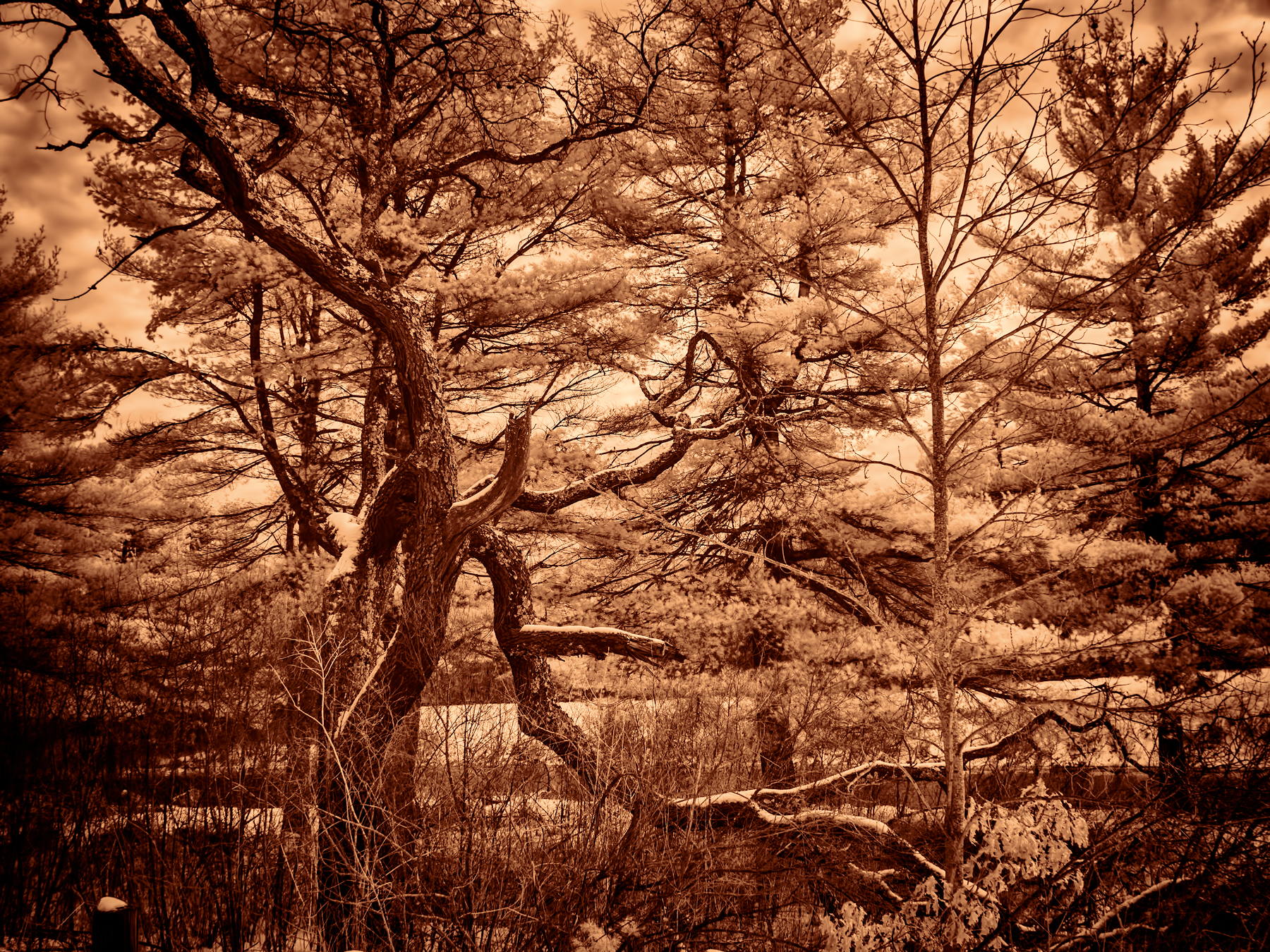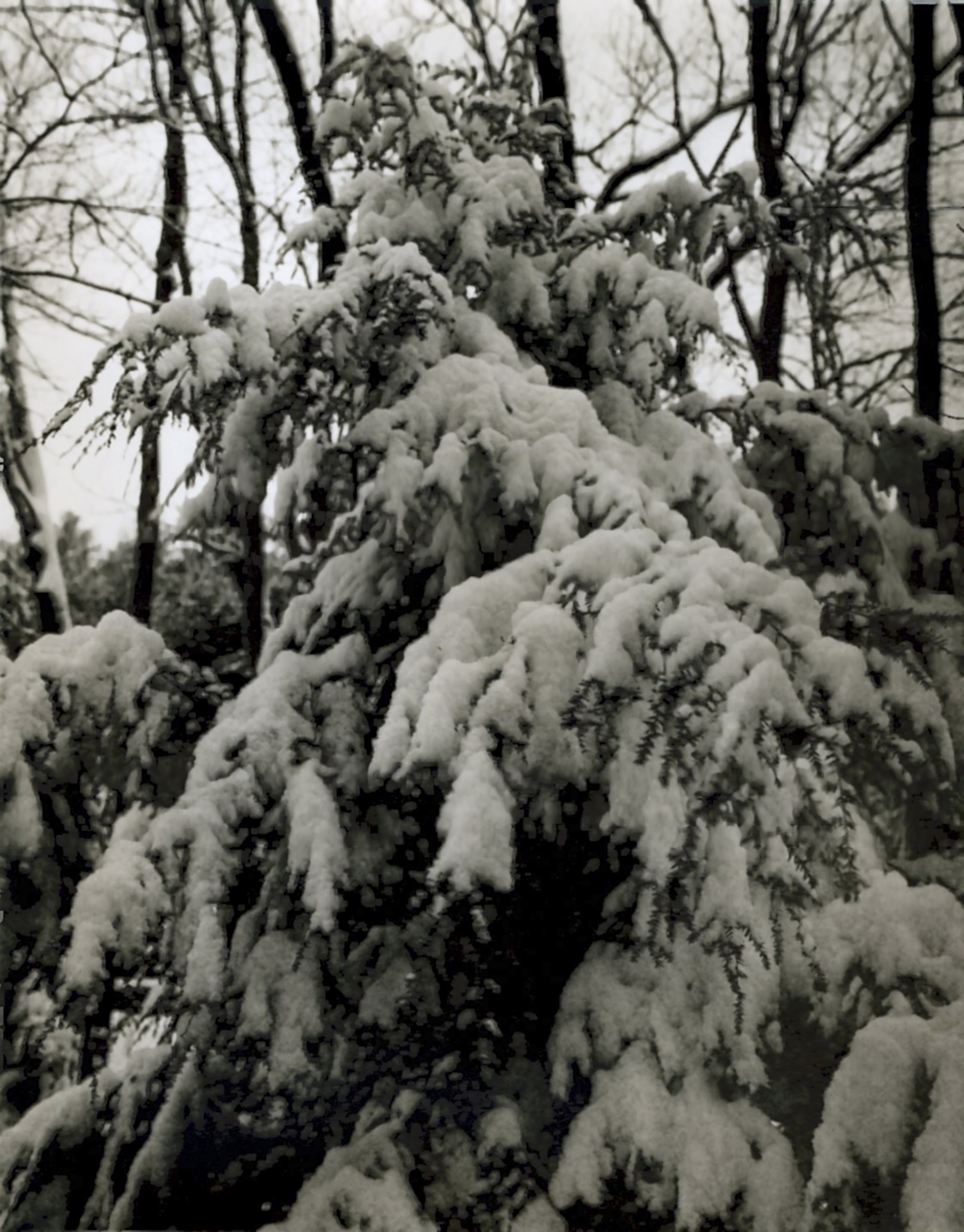As I wrote last time digital photography was on its way to surpassing the market share of film or analog photography when I got much more active in the first decade of this century. In my mind, at first, it was hard for me to understand digital black & white photography. Plus, there is an aesthetic to each as practice: one a craft working in all physical media, the other seemingly technological, electronic, office-work-like. One emerges gradually before the eyes, the other instantaneously from the camera, or with a change of settings or a few clicks of the mouse. This thinking took a few years to work out in my mind.
What finally made me happy with digital photography is a realization that the same full spectrum light arrives at the surface of the negative or the surface of the camera sensor. There are parallel choices in editing software to choosing contrast filters and the like. I can still choose my preference of texture and brightness and gloss in photo papers. I can make alterations by hand, hand cut window mattes, and assemble frames.
What is different, do I think? One thing is an historical fluke. Right now serviceable good quality film cameras capable of producing very high resolution “captures” (up to gigapixels in large format) are available at a fraction of the up front cost for their digital equivalents. Afterwards, film and processing costs accumulate, making analog a non-competitive choice in commercial settings where expenses must be controlled. For us ordinary Joes and Josephines, film can be very satisfying at least occasionally or for certain uses such as landscape and architectural subjects. A good thing about today, is the variety of choices a camera enthusiast gets. I can shoot film and print in the darkroom, scan and print from my computer, scan or use my digital capture to produce a transparency for alternative printing processes, such as cyanotype, platinum and many others. A variety of chemistries, tools, and materials can be had from websites such as freestylephoto.biz. Jumping into these processes is easier than before digital emerged.
Another is the physical work (or play) in analog photography. It’s just fun to choose and use various films, papers, developers in different dilutions, amounts of agitation, and more in the darkroom to alter the impact of processing on the negative or photo paper; and then to watch the result gradually darken in as it sits in a trayful of developer under a safe light.

